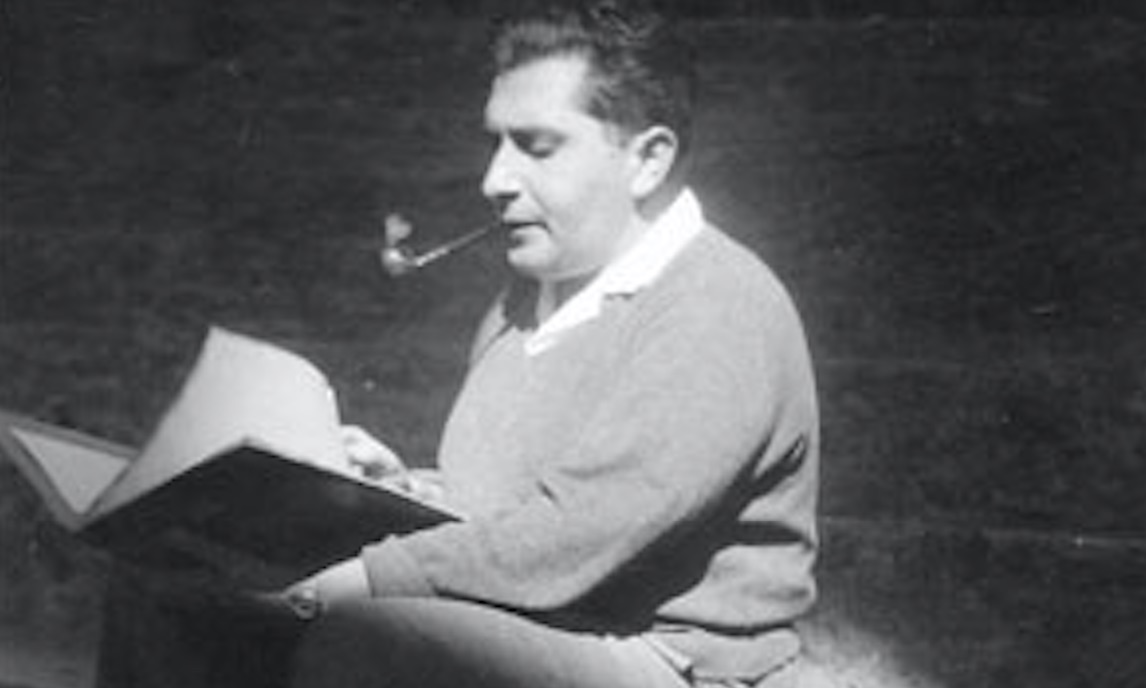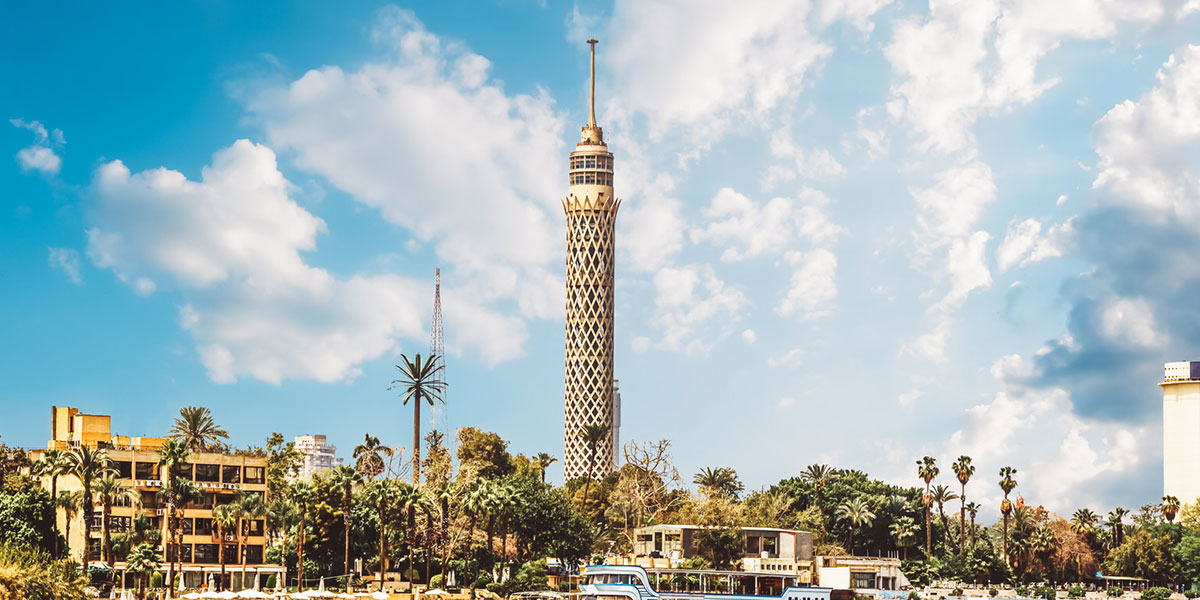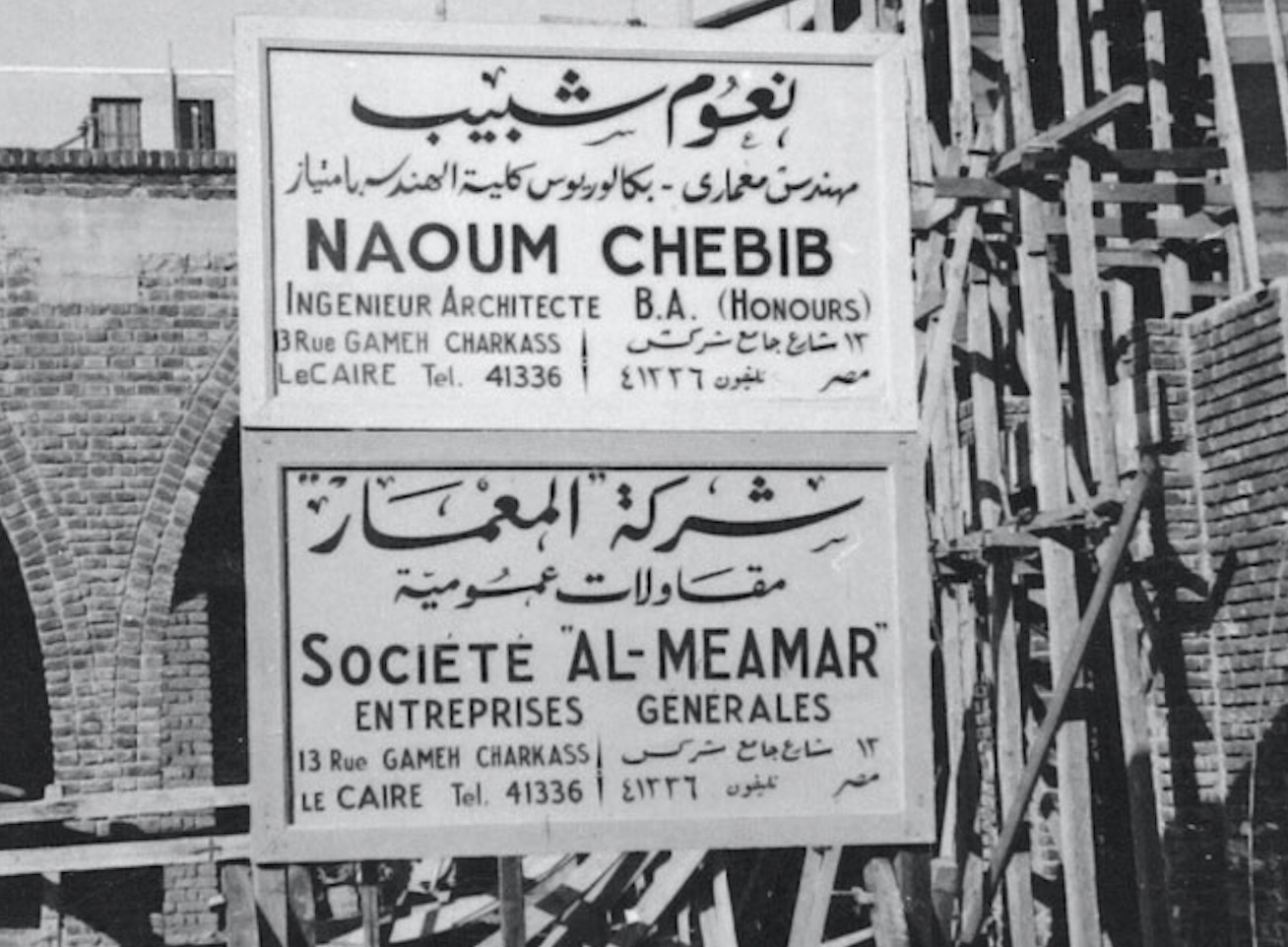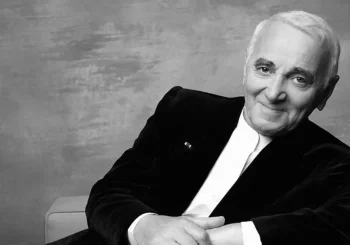The Cairo tower stands sentry in the heart of the capital: observant to the lives of Cairo’s residents and alluring in nature. Naoum Shebib is the man behind one of Cairo’s most iconic modern landmarks, an Egyptian architect notably described as the ‘precursor of modern architecture in Egypt.’
Shebib was born on 28 November 1915 into a Jewish Egyptian family. He graduated from the Faculty of Engineering at Cairo University in 1937, and obtained both of his Masters degrees, in Soil Mechanics & Engineering, and another in Structural Engineering from the same university.
Between 1941 and 1970, he pursued his career as an architect, a structural engineer, and a contractor.
Undoubtedly, Shebib’s most famous work is the Cairo Tower, and he is often described as the ‘father of skyscrapers.’

He designed and oversaw the construction of several other iconic buildings in Egypt, including the building for Al-Ahram Egypt’s Ramses Street, Egypt’s first skyscrapers, one of which is located in Saha street in downtown Cairo, and dome roofs for various buildings in Egypt such as cinemas, commercial buildings, and churches.
Shebib was an innovator, and in his works, he took into consideration the most modern methods used in reinforced concrete construction.

He was not only an ambitious architect, but he was also a great leader, who valued and encouraged the workers executing his projects.“ I want to mention the courage of Egyptian workers and their patience and ability to work at such heights despite their exposure to inclement weather,” he noted in his speech at the inauguration of the Cairo Tower.
In his projects, he used different types of structural elements, such as mushroom structural supports, and thin concrete shell vaults (dome roofs), the latter of which became a signature element of his work.
In 1971, Naoum Shebib relocated to Canada with his family, where he lived until he passed away in 1985.







Comments (0)